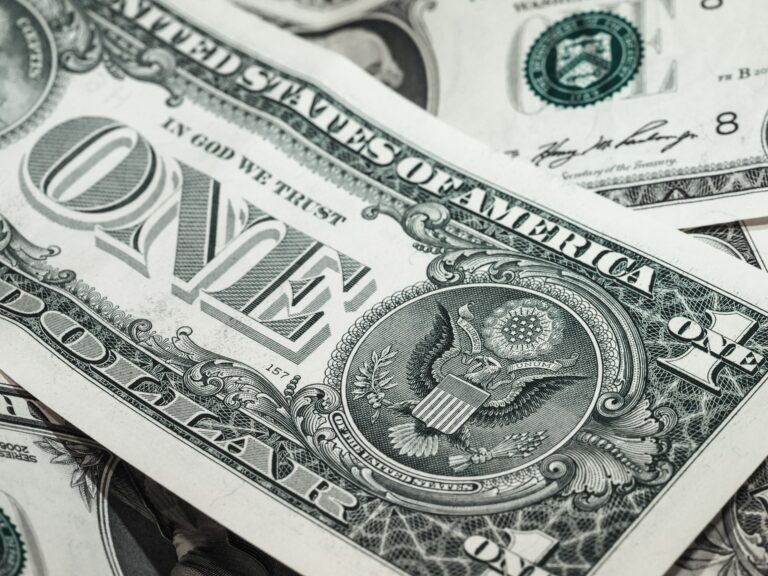
US unemployment and EZ indecision
Discussion and Analysis by Charles Porter:
Friday Afternoon saw dramatic changes in the value of major international currency pairs. By examining the Sterling-Dollar, Sterling-Euro, and Euro-Dollar rate, the magnitude of two major events is unveiled: firstly, US payroll and unemployment data and, secondly, ECB indecision concerns.
Scheduled for a BST 1:30pm release, payroll and (un)employment data within the United States dramatically under-performed expectations and, in most cases, previous releases. Non-farm payroll employment creation reached 156,000, however, had been forecast to be higher and had recorded 189,000 in the previous month. This release also saw an incremental increase in the unemployment rate to 4.4%. Although not a weak unemployment figure in absolute terms, and despite being preceded by impressive annualised GDP growth statistics, unanticipated economic performance still interfered with currency pairs.
To analyse the US Dollar effect in isolation from the Eurozone effect, the Sterling-Dollar exchange rate is presented below in Figure 1.

Figure 1: The GBPUSD intraday exchange rate on Friday 1st September. The shock revaluation of the Sterling (devaluation of the Dollar) occurs at 1:30pm, coinciding perfectly with the US data release. The currency pair produced a 0.42% strengthening of the GB Pound.
The 0.42% appreciation of the Pound was the result of a known, yet unanticipated, results release. In contrast, the Euro would experience a shock change a few moments later.
Whilst Mario Draghi, European Central Bank (ECB) president, declined the opportunity to talk down the Euro or forebode the tapering of Quantitative Easing (QE) twice recently, his colleagues have not adopted such quietism. “Euro-area officials” warned a little after 1:30pm (BST) that they might not have formalised a decision on the QE bond purchasing program until the eve of next year. The indecision, or delay by ECB members, induces a degree of risk into the Eurozone economy and the single currency. By taking the purchasing decision to the deadline, the risk of stalemate and no formal arrangement threatens the cessation of central bank spending to the degree of €60bn per month.
Furthermore, because markets reward certainty with value, the Euro depreciated as investors priced out the value of an imminent forward guidance plan for the tapering of the purchasing program. In order to visualise and analyse this effect in isolation, we take the Sterling-Euro exchange rate, below, in Figure 2.

Figure 2: Depicting the GBPEUR exchange rate, this graph depicts a sudden and sizeable fluctuation of approximately 0.69%. As the market quantifies this qualitative risk, the currency pair gradually finds a new value.
Given that the Dollar and Euro depreciations happened within moments of each other, the pair currency will manifest in an extraordinary, and seemingly freak, incident depicted below in Figure 3.
Consulting Figure 3 reveals that despite the momentary pause in the devaluation of the US Dollar vis-à-vis the Euro, resolving the two effects to parity, the ECB indication of a late-decision surpasses the pricing out of economic affluence following the release of weak employment data. Whilst this may represent the face-value currency effects of quantitative easing versus employment performance, these dynamics may instead reflect the mechanisms which underlie the present Dollar-Euro trend.
The persistent, yet recently exaggerated, gains that the Euro has made against other currencies underlie positive performance results in addition to relative gains from a market-wide risk-off strategy. Therefore, the effect of ECB indecision may have been exacerbated and compounded by the undermining of the mechanism behind the recent EURUSD revaluation: Euro strength, not Dollar weakness. Therefore, the reversal of a positive mechanism may have had a disproportionate effect upon the exchange rate over the development of a negative effect.

Figure 3: The EURUSD exchange rate depicts a logical transformation of an idiosyncratic two-stage event.
Related Insights

Morning Brief – US Dollar
US Dollar Surging on a strong US economy together with further geopolitical tensions in the past week, USD is at its strongest versus EUR this year and came within a whisker of breaking through 1.06 in yesterday’s trading. Against the Japanese Yen USD was 154.55 which caused Japanese Finance Minister Shunichi Suzuki to break cover […]

Morning Brief – France
France Quite simply the numbers do not add up for President Macron and his future in government, never mind La Belle France and its citizens : France is the third most indebted EU country after Greece and Italy with a debt to GDP ratio of 110.6%. In the past year the deficit has increased by […]

Morning Brief – EUR
EUR European Central Bank President Madame Lagarde made two bold statements last week: the ECB does not target exchange rates and the ECB is not dependent on Federal Reserve policy. While at one level both are sometimes true, it is brave to explicitly make those statements at a ECB press conference and more than risks […]


 Humphrey Percy
Humphrey Percy